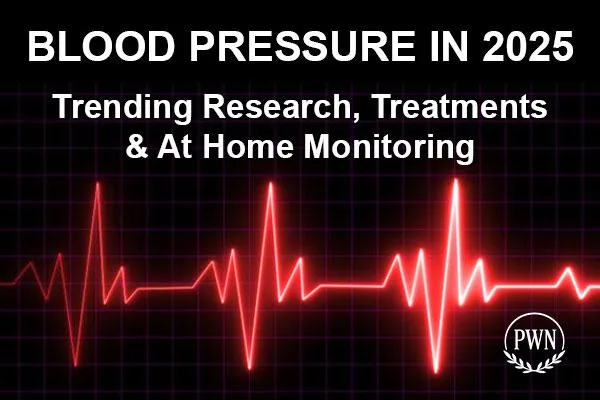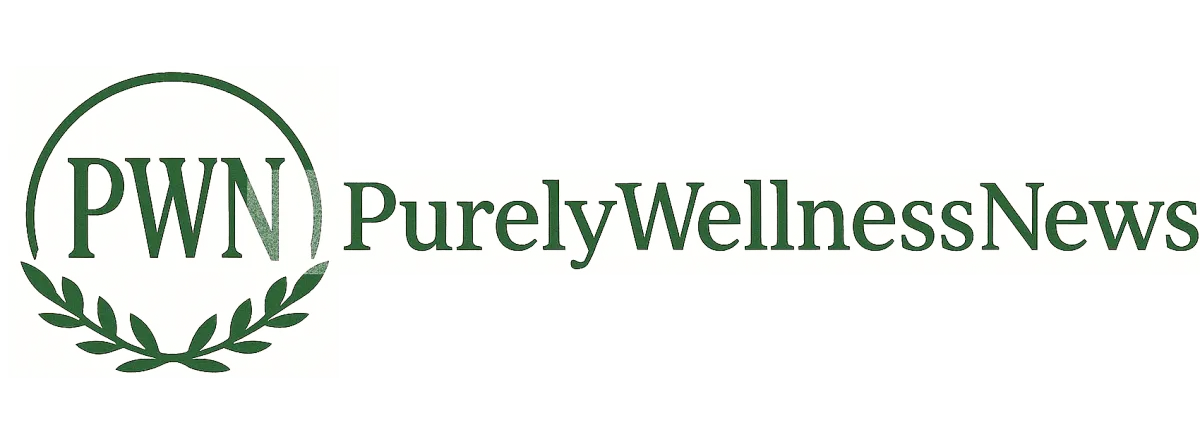
Blood Pressure in 2025: Trends in Treatment
Blood Pressure in 2025: What’s New in Prevention, Treatment, and At-Home Monitoring
High blood pressure (hypertension) remains one of the most powerful, modifiable drivers of heart attack, stroke, kidney disease, and cognitive decline. The good news: 2025 is bringing smarter tools, more personalized therapies, and a stronger emphasis on at-home management. This deep dive covers what’s trending now, how to measure BP correctly, and evidence-based steps to lower risk.
Why Blood Pressure Still Matters
Silent damage: Elevated BP injures blood vessels and organs quietly for years before symptoms.
Risk multiplies: Even “high-normal” ranges raise lifetime risk—especially when paired with diabetes, sleep apnea, smoking, or high LDL.
Measurable wins: Small drops in systolic BP (5–10 mmHg) translate into meaningful reductions in strokes and heart events.
What’s Trending Now
1) Home & Ambulatory Monitoring Become the Default
Out-of-office BP is now central to diagnosis and titration: home logs (AM/PM pairs, 7–14 days) and 24-hour ambulatory BP monitoring (ABPM) catch masked or white-coat hypertension and reveal nocturnal patterns (non-dipping, reverse dipping) tied to higher risk.
Connected cuffs sync with apps/EMRs, enabling remote patient monitoring (RPM) and faster dose adjustments.
Cuffless wearables: camera-/optical-based devices are improving but, for now, cuffs remain the clinical standard for diagnosis and medication decisions.
2) Resistant Hypertension: Devices Enter the Chat
For patients who remain above goal despite lifestyle changes and 3+ medications (including a diuretic), renal denervation (RDN)—a catheter procedure that dampens renal sympathetic activity—has moved from research to carefully selected clinical use. Modern ultrasound and radiofrequency systems show modest but durable BP reductions when combined with medications and follow-up. Not for everyone; best decided with a hypertension specialist.
3) Smarter Med Choices & Combinations
First-line mainstays are unchanged: thiazide-type diuretics (e.g., chlorthalidone), ACE inhibitors/ARBs, and calcium-channel blockers—often started in combination for faster control.
Resistant HTN: Spironolactone remains the MVP add-on (watch potassium/renal function). Finerenone offers a kidney- and heart-protective option in T2D+CKD, with mild BP benefit.
Cardiometabolic meds that help BP:
SGLT2 inhibitors (e.g., empagliflozin) modestly lower BP while protecting heart and kidneys.
GLP-1 receptor agonists for obesity/diabetes lead to weight loss and small BP reductions—an added bonus for cardiometabolic risk.
4) Lifestyle That Actually Moves the Needle
DASH or Mediterranean-style eating with <1,500–2,000 mg sodium/day and higher potassium (unless CKD/hyperkalemia).
Weight loss (5–10% body weight) can drop systolic BP ~5–10 mmHg.
Exercise: 150 min/week moderate aerobic + 2x/week resistance; isometric routines (wall sits/handgrip) are trending for additional small reductions.
Alcohol & caffeine: moderate alcohol; keep caffeine earlier in the day and consistent.
Sleep: evaluate for obstructive sleep apnea—treating OSA often improves BP control.
5) Equity & Personalization
Race-conscious care: Addressing social determinants, medication affordability, and home BP access is essential—hypertension burdens communities differently.
Genetics & biomarkers: Research on renin phenotype and pharmacogenomics is informing individualized regimens (still emerging for routine care).
How to Measure BP Correctly at Home (Save or Print This)
Device: Use a validated, automated upper-arm cuff (right size for your arm).
Timing: Measure twice daily (morning before meds/food; evening), 2 readings 1 minute apart, for 7–14 days.
Position: Sit, back supported, feet flat, legs uncrossed, arm at heart level, bladder empty.
Rest: 5 minutes of quiet rest; no caffeine/exercise/smoking for 30 minutes prior.
Record: Average the readings; share with your clinician (screenshots or app export).
General adult categories (clinic, mmHg):
Normal: <120 / <80
Elevated: 120–129 / <80
Stage 1: 130–139 or 80–89
Stage 2: ≥140 or ≥90
(Home targets tend to be ~5 mmHg lower; follow your clinician’s guidance.)
A Practical 30-Day BP-Lowering Blueprint
Weeks 1–2:
Start home BP log; standardize wake/bed times; walk 30 minutes daily; add wall sits 3x/week.
Switch to DASH-style meals; swap processed foods for whole options; try potassium-enriched salt if safe for your kidneys.
Limit alcohol (≤1 drink/day for women, ≤2 for men). Hydrate well.
Weeks 3–4:
Layer 2 resistance sessions/week; aim for 5–7 servings of vegetables/fruit daily.
Review meds with your clinician; discuss combination therapy if average BP still above goal.
If snoring/daytime sleepiness: ask about sleep apnea testing.
Share your 14-day BP averages with your care team to fine-tune the plan.
When to Seek Immediate Care
≥180/120 mmHg with symptoms (chest pain, shortness of breath, neurological symptoms) = emergency.
Persistent readings in Stage 2 despite meds/lifestyle → specialist referral (possible secondary causes or resistant HTN).









